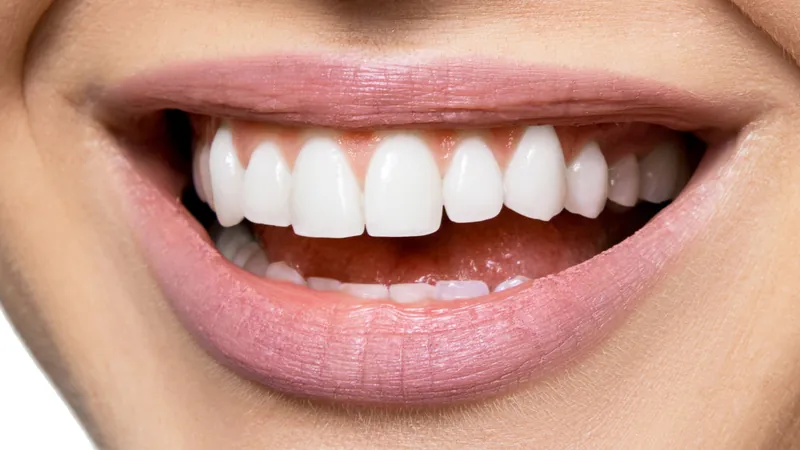Teeth
Our teeth are some of the most specialized tissues in our bodies. They exist to cut and crush and are designed exceptionally well for that task. Our sharper front teeth provide the cutting power, while our flatter molars allow us to grind our food so it can be more easily digested.
Teeth are highly organized structures that consist of an extremely hard outer layer of enamel and an adjacent inner layer of softer (but still very hard) dentin. The deepest portion of teeth contains the dental pulp, nerves, and vasculature. The cementum, gingiva (the gums), and periodontal ligament also surround the teeth, providing some protection from infections and anchoring each tooth to the bone in the jaw.
While trauma and cavities can occur at any stage of life, our dental tissues wear down with age like many other organs. Our gums recede as we get older. Immunosenescence reduces our ability to fight off infections. Our enamel quite literally becomes softer. Combined, these factors reduce the ability of the teeth to defend against the abundance of bacteria found in our mouths. Of special importance to people with bruxism (tooth grinding), enamel does not naturally regenerate and can slowly degrade over the course of decades. Finally, osteoporosis can affect our jawbones, loosening their hold on our teeth and predisposing us to catastrophic trauma at lower forces than when we were younger.

